Finding the right balance between meat and plant-based foods can feel like a never-ending debate, but science offers some surprising insights. Beyond the noise, some shocking truths might change how you see your plate forever. Here’s what you need to know to eat smarter today.
Meat isn’t the Only Source of Complete Protein

Animal products provide all nine essential amino acids, but so do some plant-based sources like quinoa, soy, and buckwheat. By mixing different plant proteins, like beans and rice, you can still get a full amino acid profile without relying on meat exclusively. This makes plant-based diets more flexible.
Too Much Meat Can Disrupt Gut Health

Excessive meat consumption, especially red and processed meats, can alter gut bacteria and reduce the diversity of your microbiome significantly. A more plant-forward diet, rich in fiber, feeds good bacteria, improving digestion, nutrient absorption, and reducing inflammation effectively over time.
Plant-Based Diets Lack Key Nutrients

While plants offer vitamins and fiber, they often lack vitamin B12, iron, and omega-3s in their most bioavailable forms. If you’re cutting back on meat, you’ll need fortified foods, supplements, or careful meal planning to avoid common deficiencies and maintain energy levels.
Meat Provides Better Iron Absorption

christening/DepositPhotos
Iron from meat (heme iron) is more easily absorbed by the body than the non-heme iron in plant foods. Vegetarians and vegans may need to consume more iron-rich plants like spinach, lentils, and tofu alongside vitamin C to enhance absorption efficiency and avoid anemia.
Related Post: 12 Fancy-Looking Meals You Can Make on a Budget
Too Much Meat Increases Health Risks
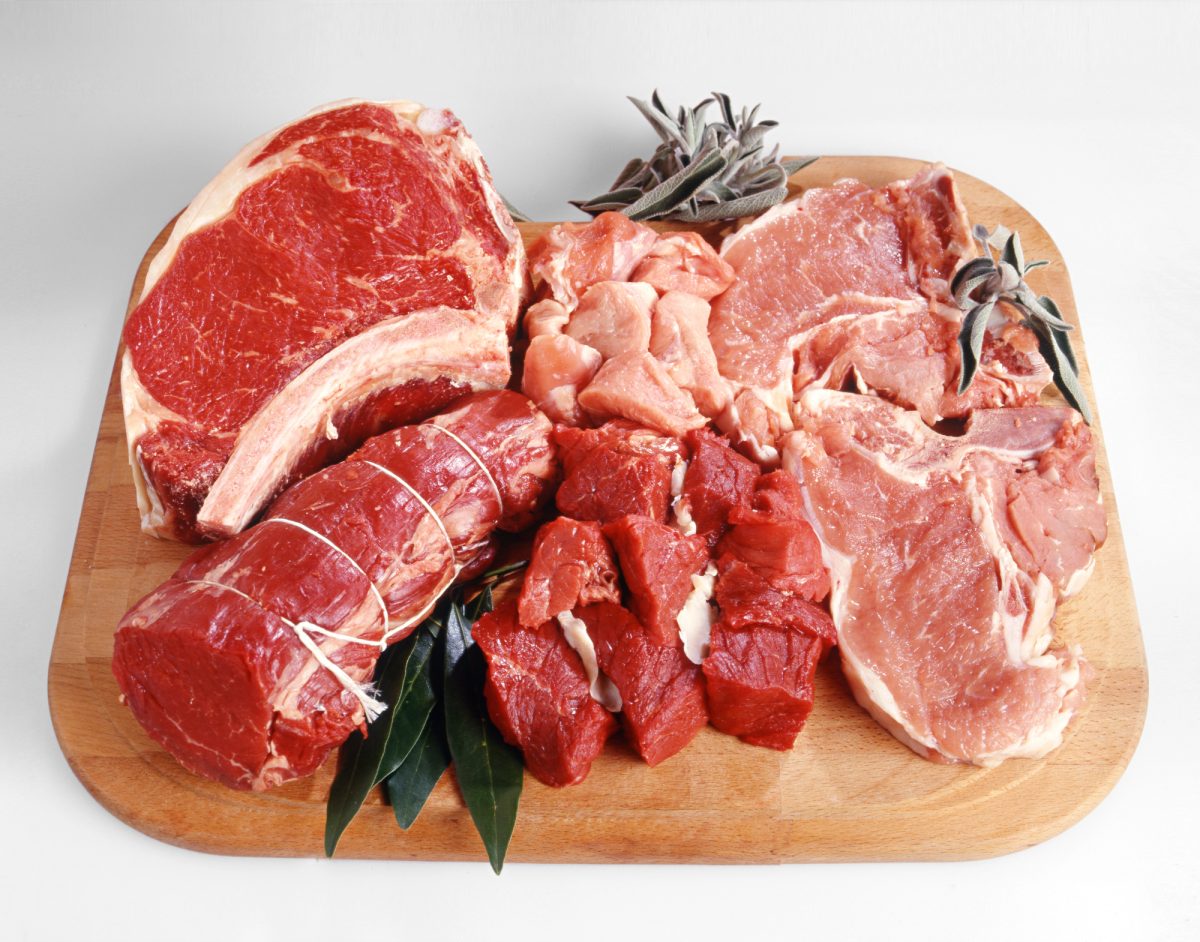
Studies link high consumption of red and processed meats to heart disease, certain cancers, and diabetes in adults. Balancing your diet with more plant foods can help lower these risks while providing essential nutrients, fiber, and powerful antioxidants that support overall health and wellness.
Related Post: 15 Delicious One-Pot Meals That Practically Cook Themselves
Plant-Based Diets Boost Longevity
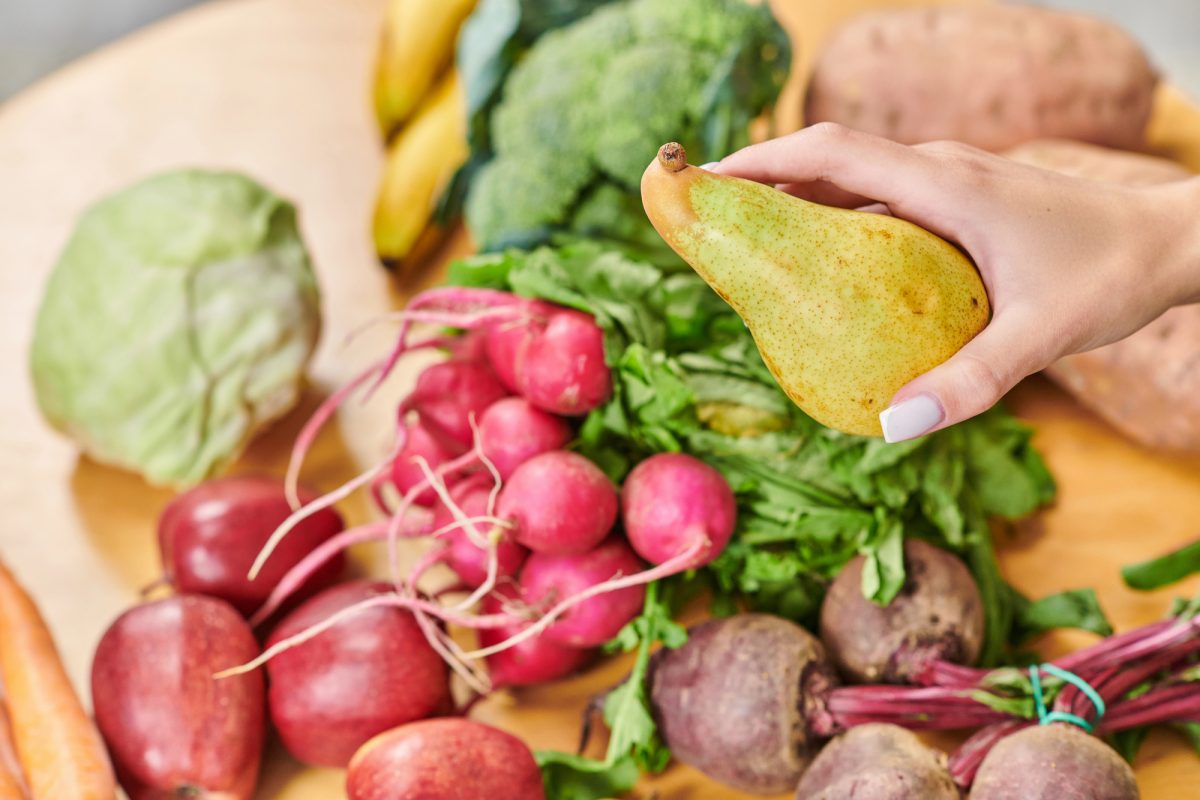
Populations with the longest lifespans, like those in the Blue Zones, eat mostly plant-based diets with small amounts of high-quality meat. Their diets emphasize vegetables, legumes, whole grains, and nuts, keeping chronic diseases at bay and extending healthspan significantly over generations.
Related Post: 15 Genius Cooking Hacks That Will Save You Hours in the Kitchen
Meat Helps Absorb Nutrients
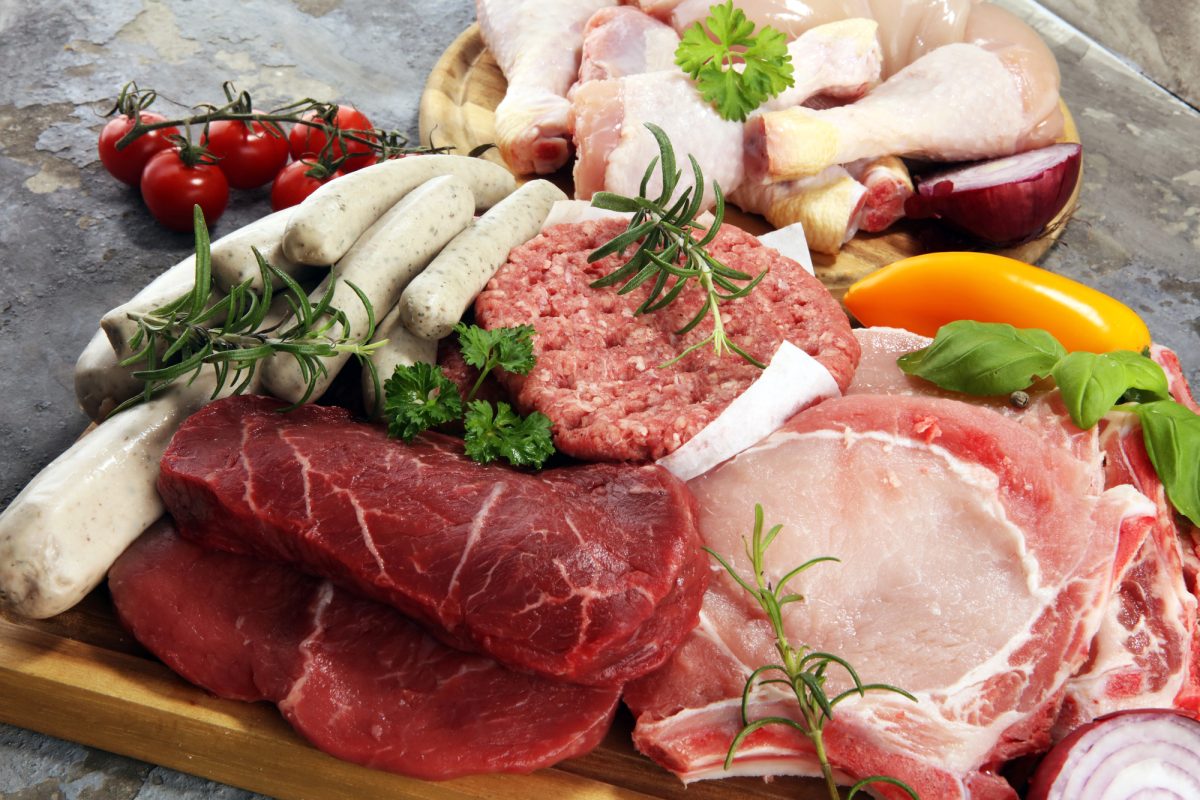
Pairing meat with plant foods can improve nutrient absorption and overall digestion remarkably. For example, adding a small amount of meat to a plant-heavy meal helps the body absorb more zinc, iron, and vitamin A from the vegetables efficiently, preventing deficiencies and promoting long-term health.
Related Post: 12 French Pastries That Will Make You Feel Like a Parisian Baker
Fake Meats aren’t Always Healthier
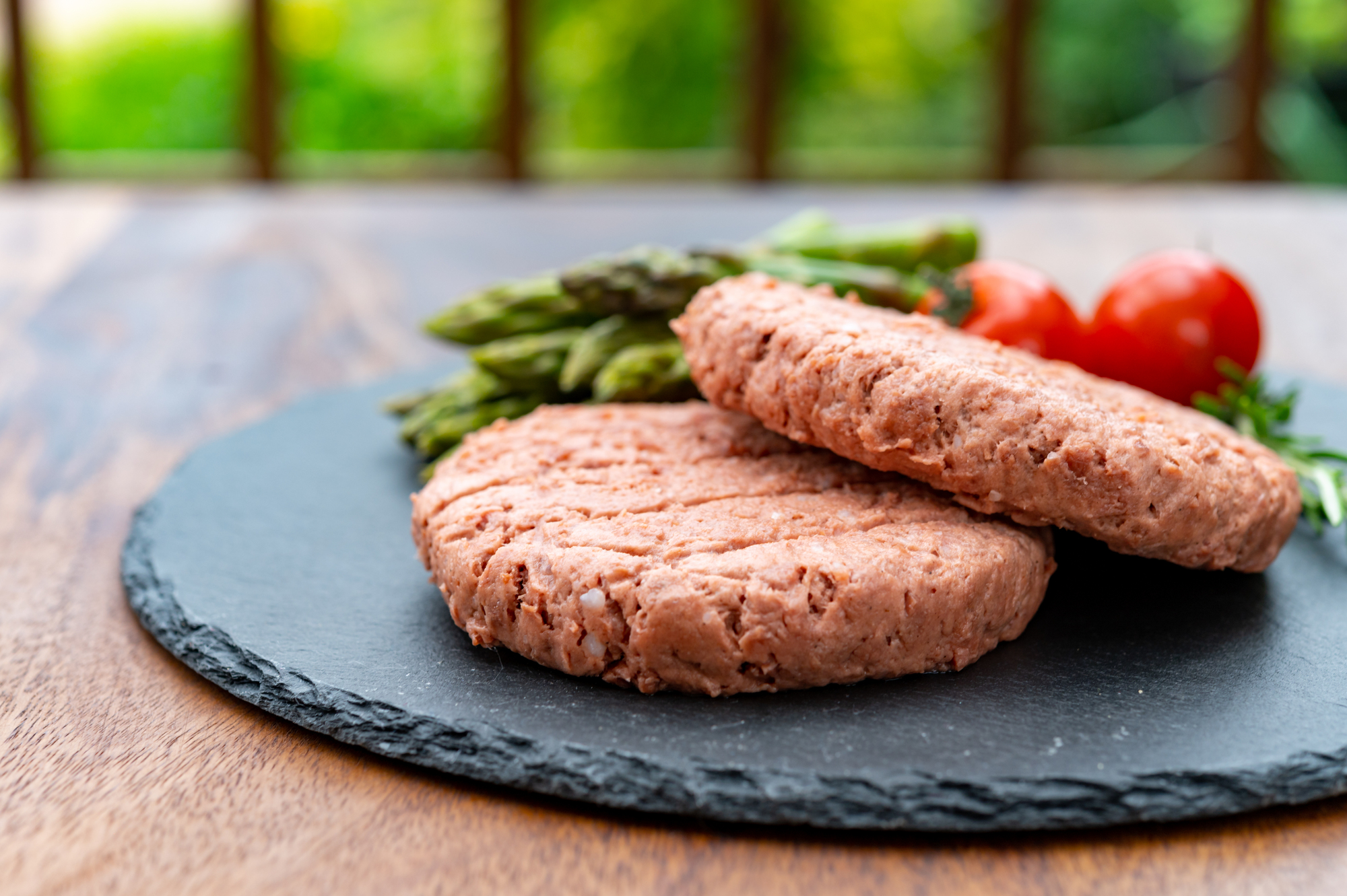
Meat alternatives may seem like the better choice, but many are packed with sodium, unhealthy fats, and artificial additives. Whole plant foods like beans, mushrooms, and lentils offer cleaner, more nutritious, and natural alternatives for daily consumption without unnecessary additives.
Related Post: 15 Easy Sushi Recipes That Will Make You Feel Like a Pro
Too Much Protein is Harmful
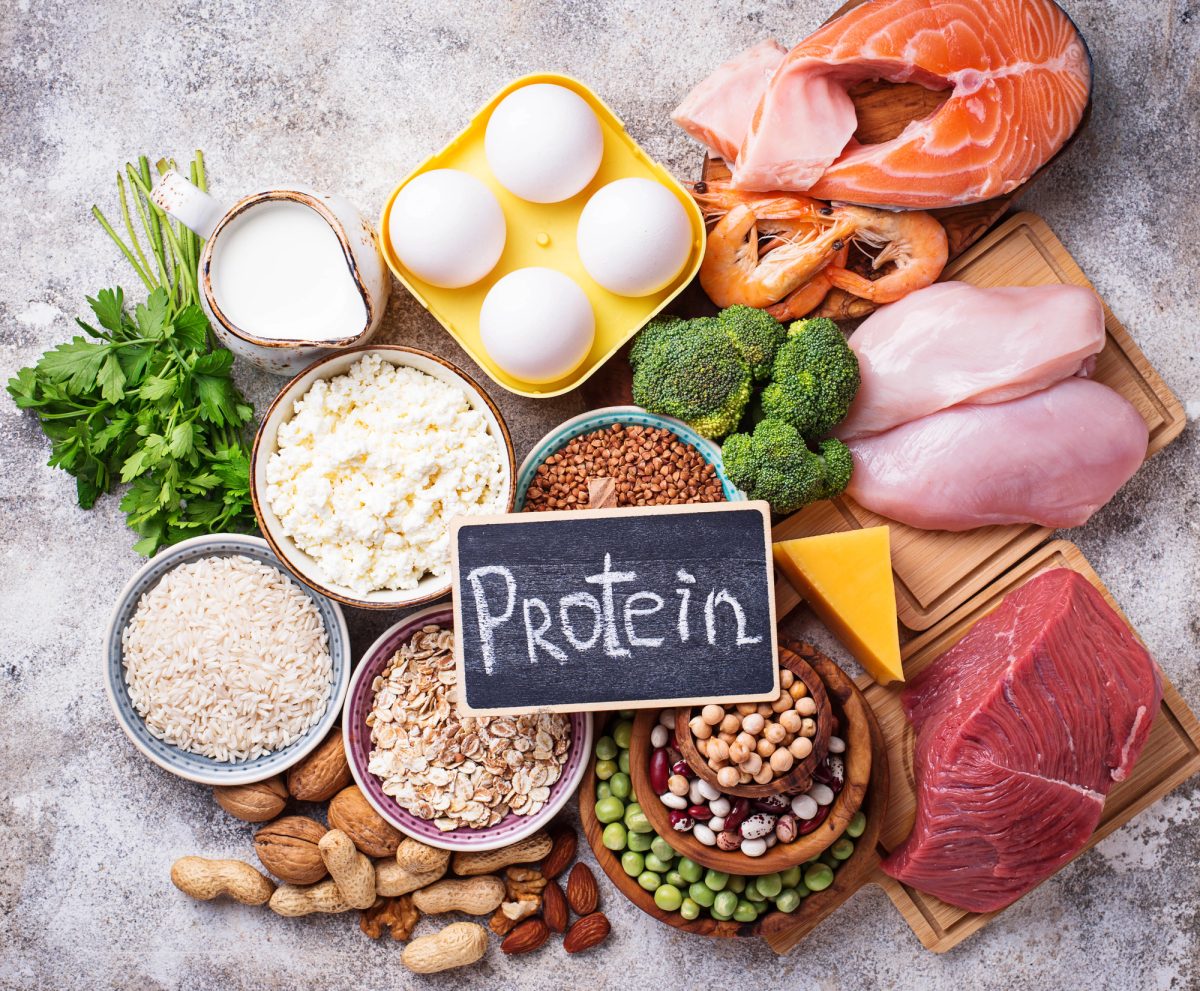
Both meat-eaters and plant-based dieters can consume excessive protein, which may strain the kidneys and lead to imbalances over time. The body only needs a moderate amount, so balance is key, whether your protein comes from steak, tofu, eggs, or chickpeas daily, ensuring long-term health and well-being.
Related Post: 12 Birthday Cakes We Dreamed of Before Instagram Made Everything Extra
Balanced Diets Reduce Inflammation
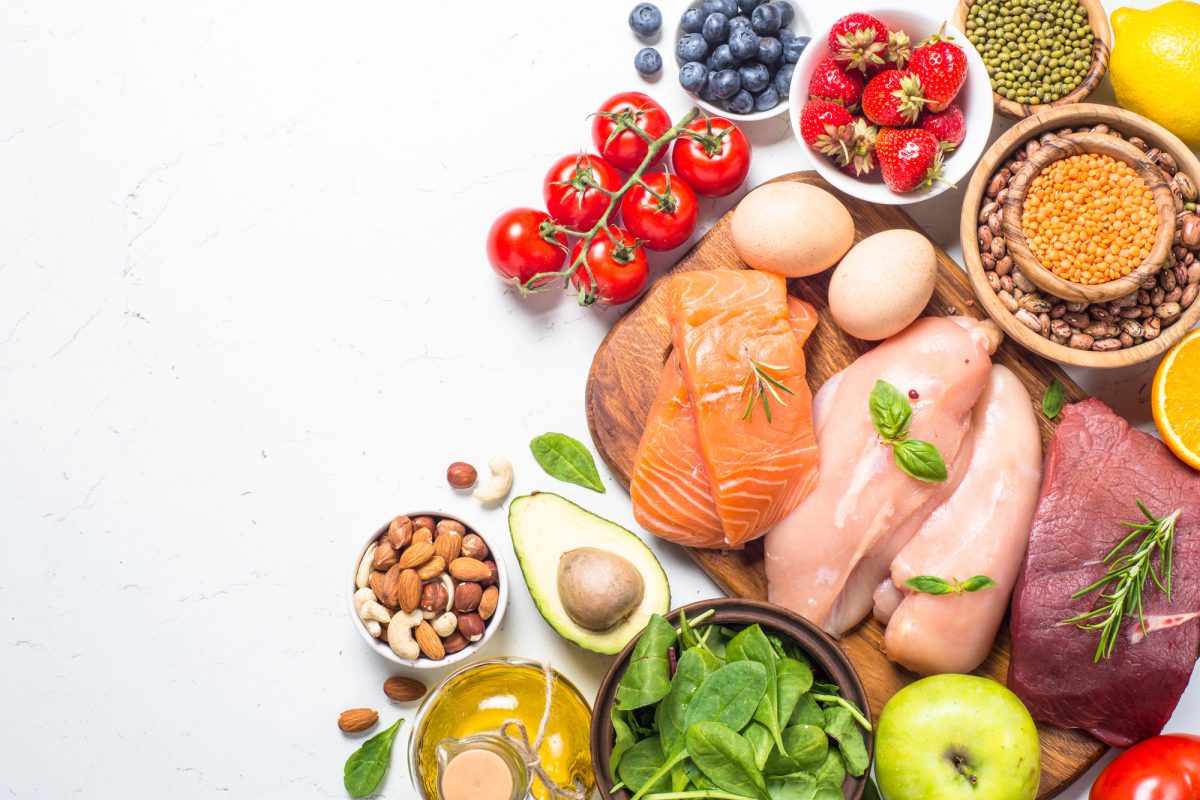
Nadianb/DepositPhotos
Meat, especially processed and fried varieties, can promote inflammation, while plant foods rich in antioxidants and fiber help fight it effectively. A diet with lean meats, fish, and plenty of vegetables strikes the best balance for overall health, longevity, and disease prevention.
Related Post: You Won’t Believe These 12 Strange Food Combos That Are Shockingly Good
Meat has a Bigger Carbon Footprint

Meat production has a larger carbon footprint than plant farming, but not all plant-based foods are eco-friendly either. Avocados and almonds, for example, require massive water resources to grow. Choosing sustainably sourced meat and plants makes a real difference environmentally and ethically.
Related Post: 14 Old School Cocktails That Are Cooler Than Anything on the Menu Today
You Don’t Have to Choose
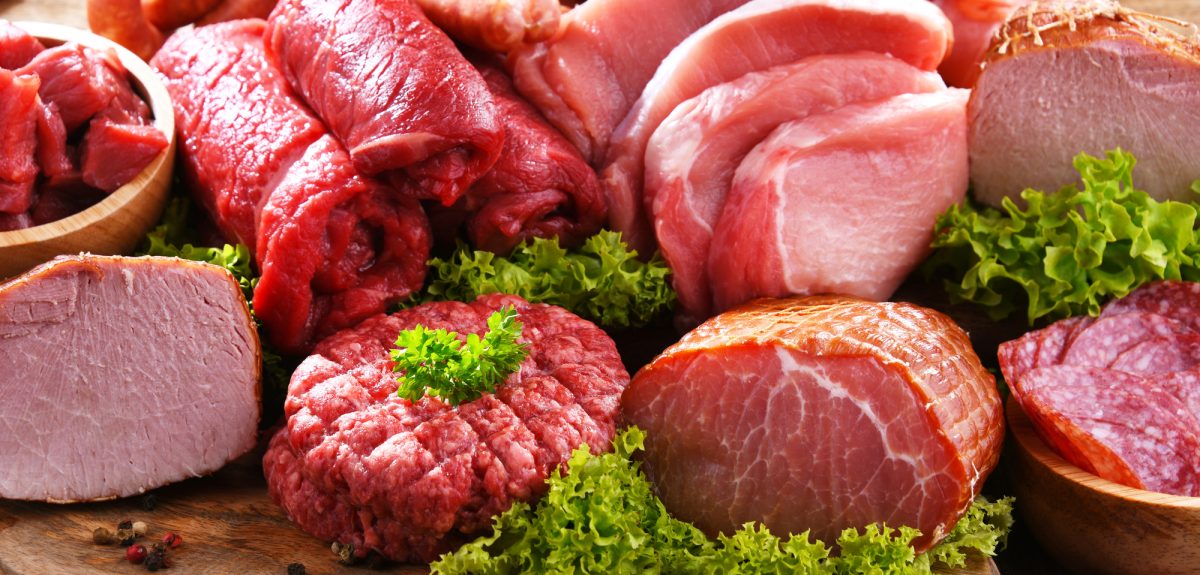
The biggest shocker? You don’t have to be all-meat or all-plant to be truly healthy. A flexitarian approach, eating mostly plants with occasional meat, offers the best of both worlds, supporting nutrition, longevity, sustainability, and overall dietary flexibility, benefiting individuals worldwide.
Related Post: 12 Insanely Good Cocktails That Belong in a Fancy Bar
At the end of the day, balance is everything, and moderation matters just as much as food choices do. Whether you love a good steak or swear by lentils, a mix of both can fuel your body, support longevity, and keep you thriving for years, promoting optimal health and well-being.
Disclaimer: This list is solely the author’s opinion based on research and publicly available information.
11 Power-Packed Meats You Should Be Eating for a Healthier Life

When it comes to building a nutritious diet, high-quality protein is essential for maintaining muscle, boosting energy, and supporting overall health. While plant-based proteins have their benefits, meat remains one of the most efficient sources of essential amino acids, iron, and other vital nutrients. Whether you’re looking for lean options, heart-healthy choices, or meats rich in vitamins and minerals, these power-packed options will help you make the most of every meal.
Read it here: 11 Power-Packed Meats You Should Be Eating for a Healthier Life
15 Forgotten Dinners We’re Dying to Bring Back

In a world of constantly evolving food trends, some classic dinner dishes have unfortunately fallen into obscurity. These meals might not be trending on Instagram right now, but they’ve got flavors and nostalgia that deserve a second chance. From hearty casseroles to comforting one-pot wonders, these forgotten dinners hold a special place in our hearts. Here are a couple dinners we’re dying to bring back.
Read it here: 15 Forgotten Dinners We’re Dying to Bring Back
12 Potluck Dishes That Were a Hit at Every 80s and 90s Party

Potlucks in the 80s and 90s were all about fun, flavor, and dishes that everyone could dive into. It was the era of cheesy dips, finger foods, and casseroles that brought everyone together around the table. Whether it was a family gathering, office party, or neighborhood celebration, these potluck dishes were the star of the show, offering a perfect mix of comfort and nostalgia. From creamy dips to savory meats, these dishes weren’t just about the taste they were about bringing people together over a shared love of food. Let’s take a tasty trip down memory lane with these iconic potluck dishes that defined the parties of the 80s and 90s!
Read it here: 12 Potluck Dishes That Were a Hit at Every 80s and 90s Party
